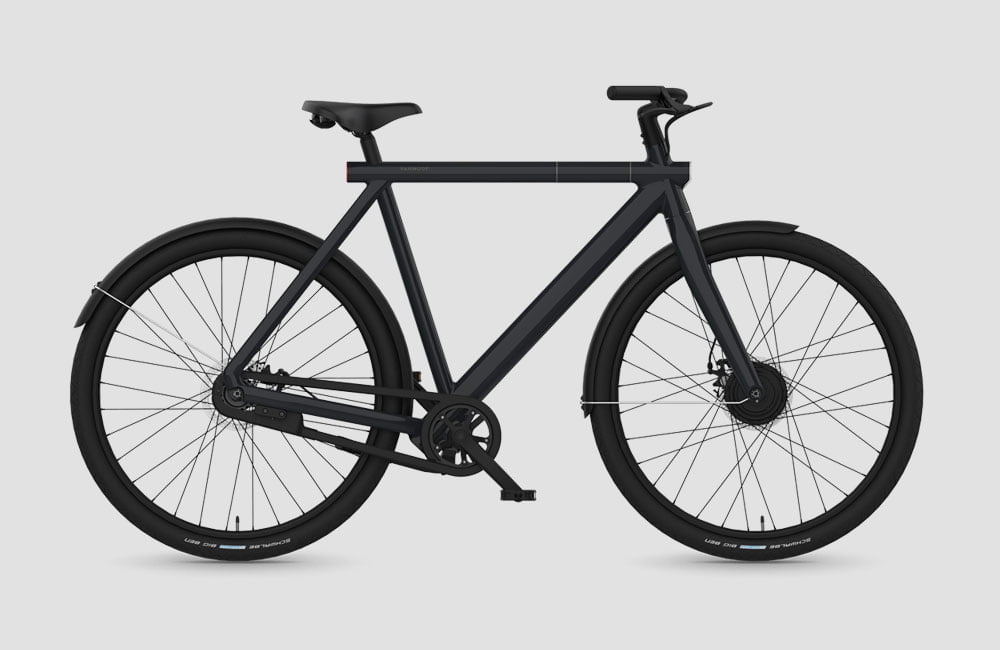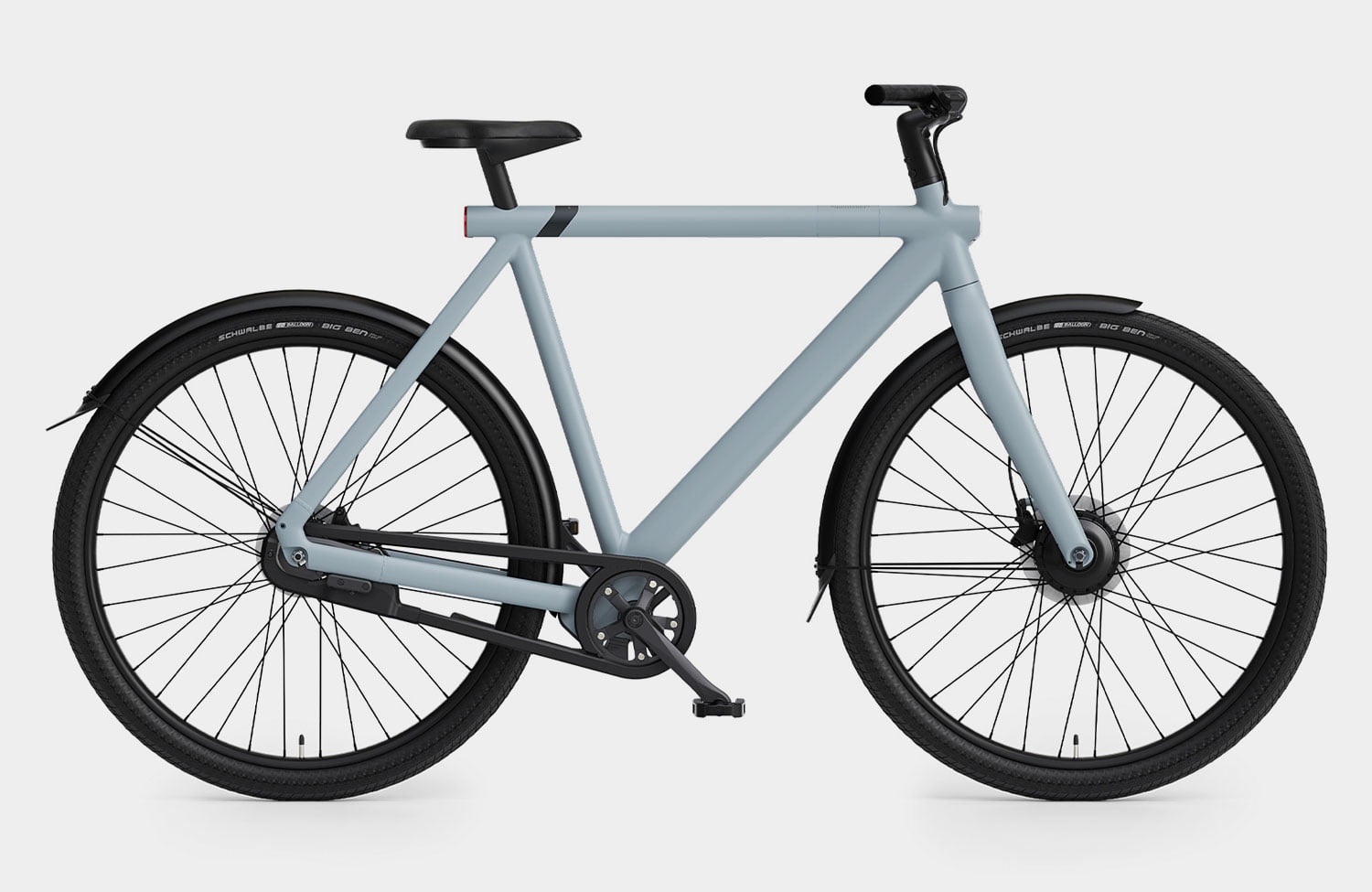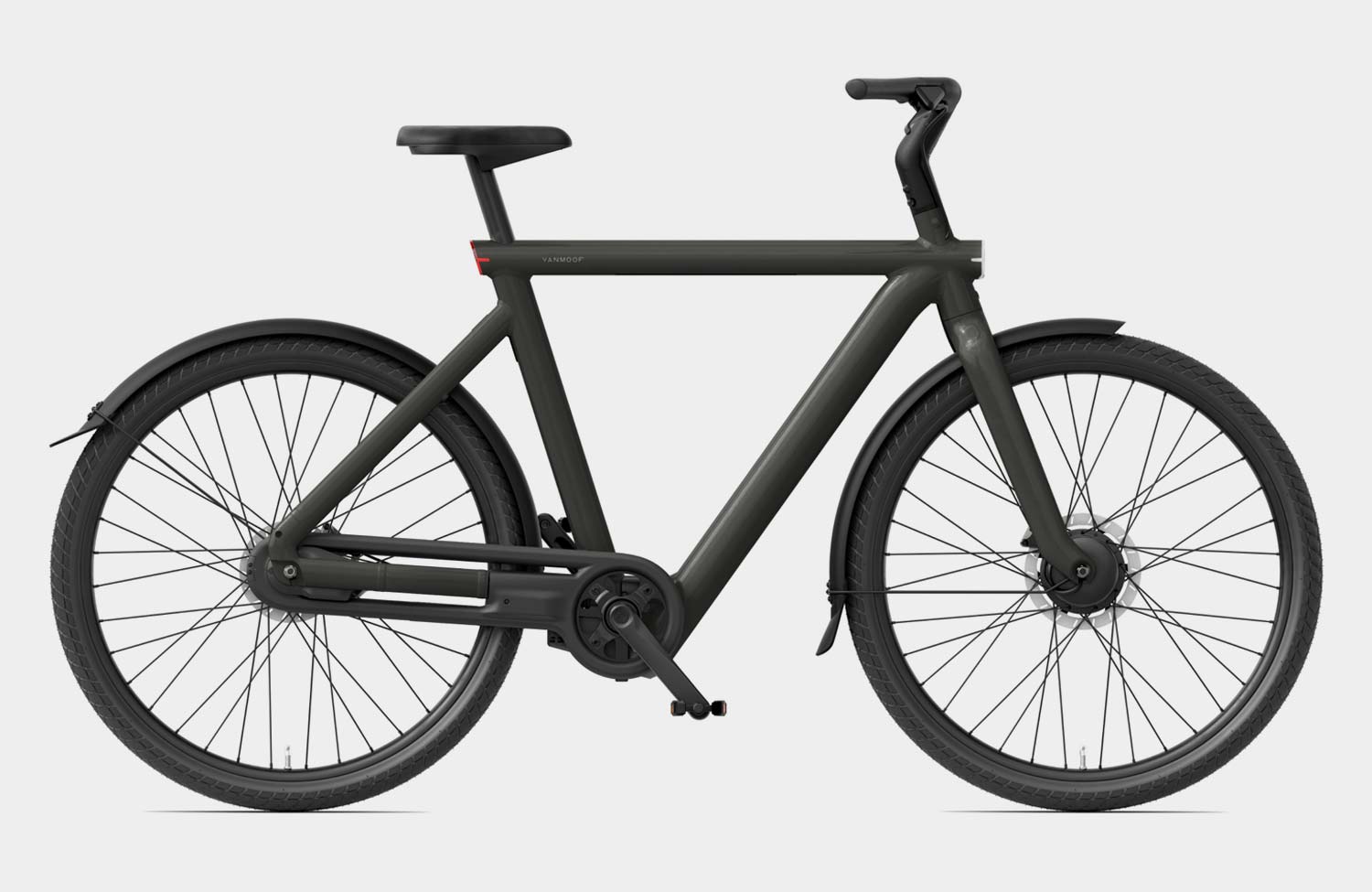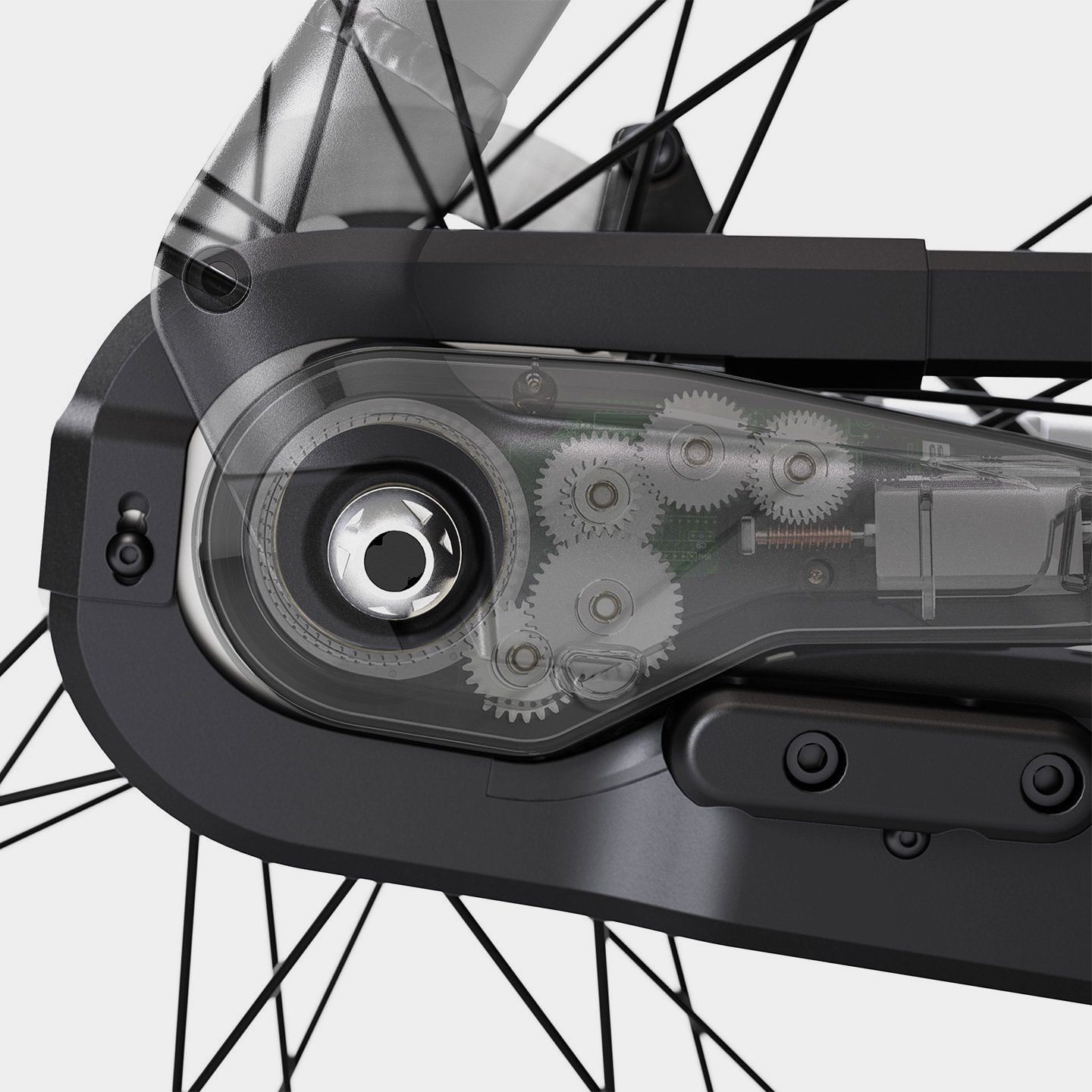In our previous article we already feared the beginning of VanMoof’s sinking, since yesterday there is certainty: VanMoof is officially insolvent, the requested suspension of payments was rejected by the District Court of Amsterdam. The court has now appointed two trustees to initiate a sale process for VanMoof’s assets and activities in order to find a party willing to continue VanMoof’s operations.
Over the last weeks Ties and I [Taco Carlier] have tried to find a future for VanMoof. We’re extremely sorry to have to report that despite our best efforts we did not succeed and we have had to file for bankruptcy. The administrators, who are now the trustees, will explain below what this means for you, but we want to take a very brief moment to thank you all from the bottom of our hearts.
Mail to the employees of VanMoof
We started VanMoof 14 years ago with a crazy idea to change the world. The only reason that we were able to make a dent is because of you: the hundreds of dedicated and loyal people that have helped us with our mission to change cities for the better.
We’re grateful to each and every one of you and are sorry that we will not be able to see this mission through together.
We feel sadness, but most of all we feel an immense sense of pride for what we have achieved together. For us it’s been the honour of a lifetime and even though the current iteration of VanMoof ends today and we don’t yet know what the future holds, I’m confident that the VanMoof alumni will continue to be a force for good.
This should close the VanMoof chapter for the time being and what many did not think possible has now actually come true: even an extremely well-known and widespread brand like VanMoof (by the way, by no means a “start-up” as often falsely claimed) is not “too big to fail”.




Reasons for VanMoof’s demise
Since then, know-it-alls have been rubbing their hands with glee, always emphasizing that they had always known that this “hipster bike” was complete nonsense. That practically anything could have been sold to the “VanMoof disciples” and that this “hype” had only become so popular through marketing. But is it really that simple? No!
Old topics thought anew
This skeptical attitude toward new things and other approaches is already familiar from other sectors: Apple, for example, which originally attached more importance to the simple operation of a computer than to any performance data. They then developed a smartphone that had few features, but was easy and fun to use. Or Tesla, which brought electric drive, networking and software features to an automotive world in which horsepower and engine capacity had previously been the benchmark.
It is precisely this different approach, the setting of new priorities such as the user experience, ease of use and a great design that allows such brands to reach completely new target groups. If that product is also good and of high quality, there is nothing to stop it becoming more and more widespread and popular. This is shown by the two examples of Apple and Tesla, which have now fully arrived in the mainstream.




It was a very similar story with VanMoof: Here, too, they took a different path, were content with a fairly simple hub motor in the front wheel until the end, and focused on completely different features. No other competitor offered in-depth smartphone integration, an alarm system, and a tracking function so early on, and the whole thing was packaged in a convincingly stylish e-bike!
Not the “what” was the problem, but the “how”.
So what was the problem of VanMoof? Undoubtedly, VanMoof had already reached the level of high popularity, the products were sought after, well thought out and also gladly used — at least until something broke. And this brings us to their first problem, the quality of the bikes. Compared to conventional e-bikes, the Dutch company relied extensively on specially developed components that often turned out to be not durable enough in retrospect and were also difficult to obtain as spare parts. For example, there are countless reports of problems with the automatic gearshift, which was not fully developed right from the start.
Unfortunately, VanMoof never really managed this quality problems and instead focused on maximum growth, also due to enormous financial contributions from investors. Instead of slowly and carefully perfecting the products, new models with new features were always brought to market or even announced — the peak was reached with their ambitious speed bike Vanmoof V concept.

Part of the growth strategy was also a real price war, certainly also fueled by the competitor Cowboy. At times, a VanMoof was available for around 1,800 euros, while Cowboy even offered its smart bike for 1,200 euros! In the meantime, we know that a manufacturer hardly has a profit margin left for such amounts — if at all. If high follow-up costs for warranty claims due to poor quality are added, the whole thing quickly turns into a significant loss-making business. The fact that sales prices have recently risen dramatically should counteract this. However, it is also likely to have led to a slump in orders, especially since significantly fewer bicycles and e-bikes are being sold anyway due to current inflation.
Conclusion
No matter how innovative and desirable the product is, if a manufacturer can’t permanently manage the quality of its products, this becomes a serious problem. And at VanMoof this was again drastically escalated by an aggressive growth strategy, in which the bikes were partly offered at dumping prices.
Whether VanMoof’s demands on the design of its own products were too high? Yes and no. Of course, the high level of integration with many specially designed parts requires a significant amount of extra work, and some of these features were certainly a bit over the top. But these issues could have been addressed with sufficient testing, time, and the necessary profit margins — but none of that seems to have had the necessary priority.
With becoming bankrupt, the story of VanMoof has come to an end for the moment. This example should also be a clear warning for the market in general — and it remains to be seen what the strategy of competitors such as Cowboy, Veloretti or the newcomer Lemmo will look like in the future. The times of big discount battles should be over by now at the latest. In conclusion, we can only hope that manufacturers will still dare to bring a similar breath of fresh air into the industry with innovations and a lot of courage!












3 thoughts on “The demise is official now: VanMoof is bankrupt! But how could it come this far?”
Heavy, ugly, with basic hub gear and with badly made proprietary parts that locked you into Van Moof’s repair/replace cycle. It sold a Silicon Valley dream to eager acolytes. It didn’t feel innovative to me. Pinion is innovative. Surly, Salsa are innovative. Specialized, Mahle and TQ are innovative. Van Moof sold sub par bikes under a glossy image. And they’ve been found out.
Partly I’m with you: of course Pinion, TQ and others are innovative — but only in their field. The fact that the complete bike is thought of as a single unit is unfortunately still the exception. Specialized actually offers a good integration of software and hardware for a long time, other manufacturers are also trying to do this more and more lately. But things like an integrated alarm system or built-in tracking simply didn’t exist until VanMoof implemented it. Or take the Kicklock as an example: why does no other manufacturer manage to build something like this directly into the bike (except the new Lemmo now)?
Good points. Especially tracking. With the big price increase in all bikes the last ten years, tracking should have become industry standard for expensive bikes. And there is no doubt bike manufacturing is a hard business, especially right now.